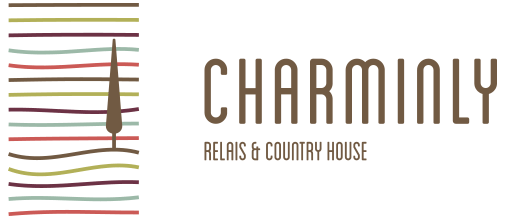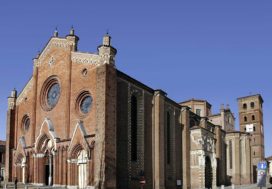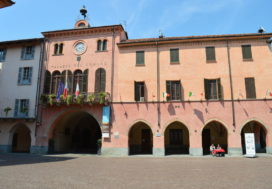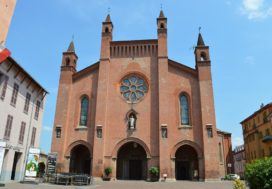During your stay at La Locanda Dell’Arte you can taste the typical dishes of Monferrato.
AGNOLOTTI
The agnolotti alla piemontese – typically square-shaped – are a first dish made from puff pastry stuffed with meat and vegetables, served with butter or Bolognese sauce.
BAGNA CAUDA
The Bagna cauda is a typical dish of the Piedmontese tradition, a warm sauce based on garlic, anchovies, and oil, which is used to dip any kind of vegetables in it. It is a ritual dish from the past, considered as a pagan thanksgiving to the powers of the nature, which farmers and winegrowers instinctively used to consider – in the rural Middle Age – as a combination of events, taking care of the rituality of this meal “so peculiar and different”. Nowadays Piedmontese people consider the bagna cauda not only as a dish from the traditional cookery, but also a cheerful meal.
FRICIULIN
The friciulin is a typical local meatball, made from herbs mostly, common in the whole Monferrato. Since its rural origins, and having been handed down until today, it is able to adapt to this or that territory, depending also on the season, on the place, and on the occasions in which it is prepared. A remarkable one is the friciulin of Rosignano Monferrato.
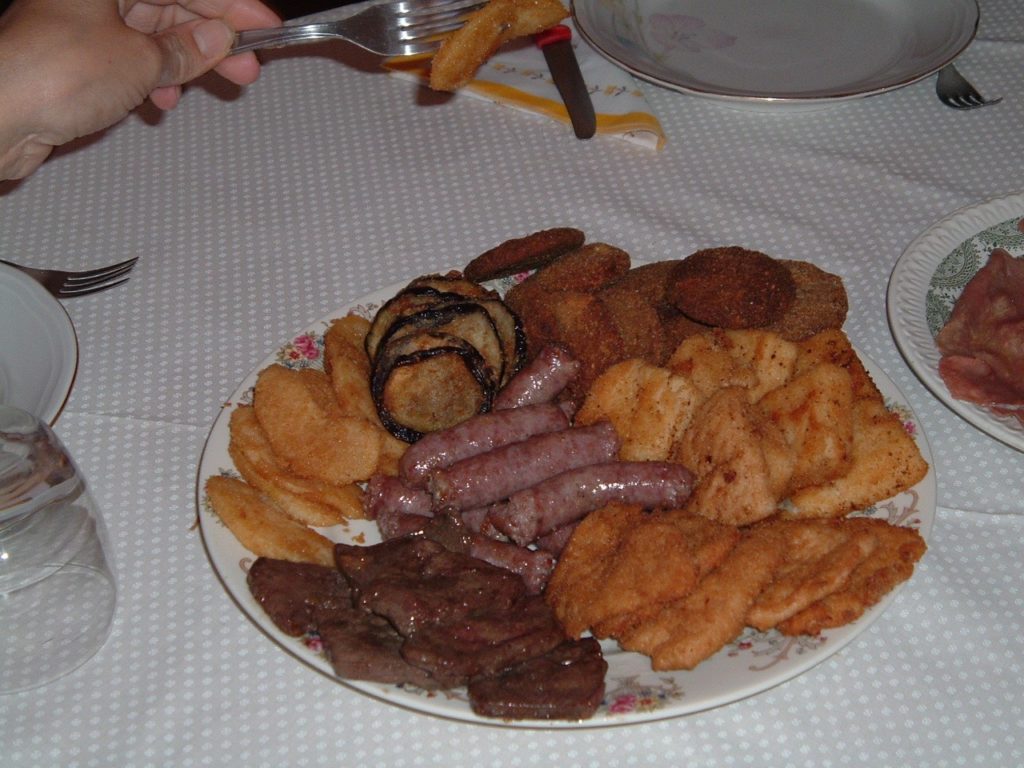
Fritto misto alla piemontese
FRICCIA (FRITTO MISTO)
The fricia (mix of fried fish) is usually not strictly based on a specific recipe, so that it is possible to add and change something, like adding small pieces of fontina cheese, fried obviously, or some frisse, a kind of meatballs made from liver and pasta made from fresh sausage, rolled up in a pork net. Once, this dish was considered mandatory in the typical Piedmontese lunch, and it was supposed to be served at the beginning, instead of the appetisers.
The fricia must be served right after it is cooked, warm, just taken out from the pan and rapidly dried on some blotting paper.
BOLLITO
The Piedmontese bollito misto (mixed boiled meat) is one of those dishes that represent a symbol of the Piedmontese cookery. It might look like an easy preparation, but it is fundamental paying the highest attention to the cooking times of the different meat cuts, in order to avoid them to become harsh and fibrous.
BUNET
The bunet is the most typical and traditional Piedmontese sweet, the true ancestor of the pudding. Its name comes from the Piedmontese word “bonet”, which means hat, referring to its shape that recalls the mould originally made in copper; this is called bonèt ed cusin, meaning kitchen hat, in which it was cooked.
SALAME COTTO
The Salame Cotto (“cooked salami”) was the main course of the “merenda sinoira” (the snack that is also a dinner), the “ready-made-food” from the farmer tradition, ate to look for refreshment and recreation, after the many fatigues on vineyards and fields. The salame cotto was cut into thick slices on the table, and it would go with the joy for the simple things, appreciating a good company and some cantata.


